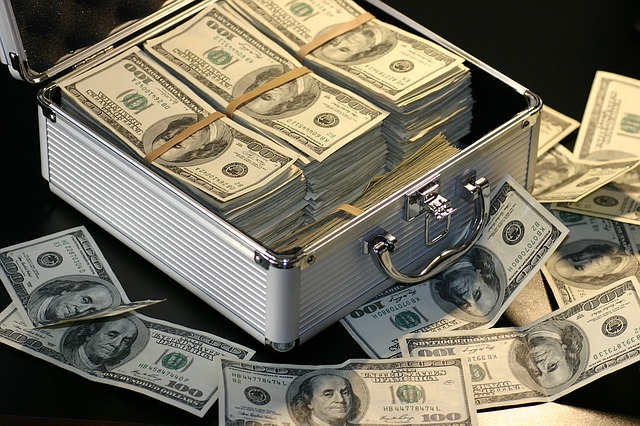Or, in other words: How to save one million US dollars in three years – in no more than 300 words
MONDAY, 14 JANUARY 2019

Step One: Spend six months learning how to open an Internet-based business that yields an average of $20,000 net profit per month. (You can give yourself a year or more, and then it will take you a year or more. Give yourself exactly six months, and you’ll learn it in six months.)
Step Two: Maintain your existing sources of income, and your existing lifestyle. Manage the business for two years. Make sure you keep track of everything you do, all the money you spend to attract visitors to your business, and all other business expenses. Put all the profits into something like a Money Market account.
Step Three: Sell the business with a 24-month net profit of $20,000 per month on average, at 30 times the average monthly net profit. That should give you $600,000. The monthly profit you earned for two years should be at least $480,000 (seeing that it most probably earned some interest). You will have to pay about 15% commission to sell the business through a professional team, which should give you $510,000 plus $480,000 in the bank, for a total of just under one million US dollars (not considering the interest you earned on the money you invested every month).
Easier said than done? Whatever you say is true for you.
Extra notes:
The business must be based on the Internet, otherwise the group of potential buyers will be significantly smaller than you’ll need. The business is likely going to entail selling something – a service, digital products, or physical products (which you never have to handle or ship yourself).
WEDNESDAY, 23 JANUARY 2019
Money is not a scarce resource about which you have to constantly be in a state of fear. Money is a solution to a problem.
(“If you have money,” a voice proffers after the applause has calmed down.)
SUNDAY, 27 JANUARY 2019
Suppose I win the British Lottery, or I get a brilliant idea in my sleep, work on it for a few months and sell it for a million dollars, or a rich eccentric uncle whom I never knew mentions me in his will after passing away in his castle in southern Germany, what will I do with the money? What will I do with one million US dollars? (I will ignore for now the unpleasant fact that one would have to give up part of this fortune to the government.)
One: Spend ten percent ($100,000) to make some people’s and animals’ lives better.
Two: Spend five percent ($50,000) to buy some items I need, and/or make my life more comfortable, and go on vacation for two or three weeks (nothing too ostentatious – cheap hotels, public transportation and so on).
Three: Spend five percent ($50,000) on expanding and improving my own skills and abilities, including improving the likelihood of continuing to generate income over the next few decades.
Four: Spend three percent ($30,000) on two or three business projects to ensure an active income, with the option of selling the businesses after a few years and reinvesting the proceeds.
Five: Hold two percent ($20,000) in an active trading account.
Total spent: $250,000
Total amount left: $750,000
Six: Spend ten percent ($75,000) on gold coins, silver coins and silver bars.
Seven: Hold thirty percent ($225,000) in cash (dollars, euros, Chinese yuan, and Taiwan dollars), and in bank accounts.
Eight: Invest twenty percent ($150,000) in property – not our own residential property, but property that will either grow in value or generate income.
Nine: Invest five percent ($37,500) in a fine art investment fund.
Ten: Invest ten percent ($75,000) into some fund that invests in financial technology and natural resources.
Eleven: Invest five percent ($37,500) in some high-risk, high-return fund.
Twelve: Invest ten percent ($75,000) in high-quality bonds.
Thirteen: Invest ten percent ($75,000) in stocks – specifically natural resources, mining, energy, and technology.
In case this exposition seems surprisingly complicated for someone with very little experience in these matters, I must add that I have found some inspiration in two books, in particular: T. Harv Eker’s Secrets of the Millionaire Mind, and James Rickards’s The Road to Ruin: The Global Elites’ Secret Plan for the Next Financial Crisis.
(More notes may follow. Notable in absentia is a so-called emergency fund, and mention of index funds – which many experts regard as a relatively safe investment.)
______________________